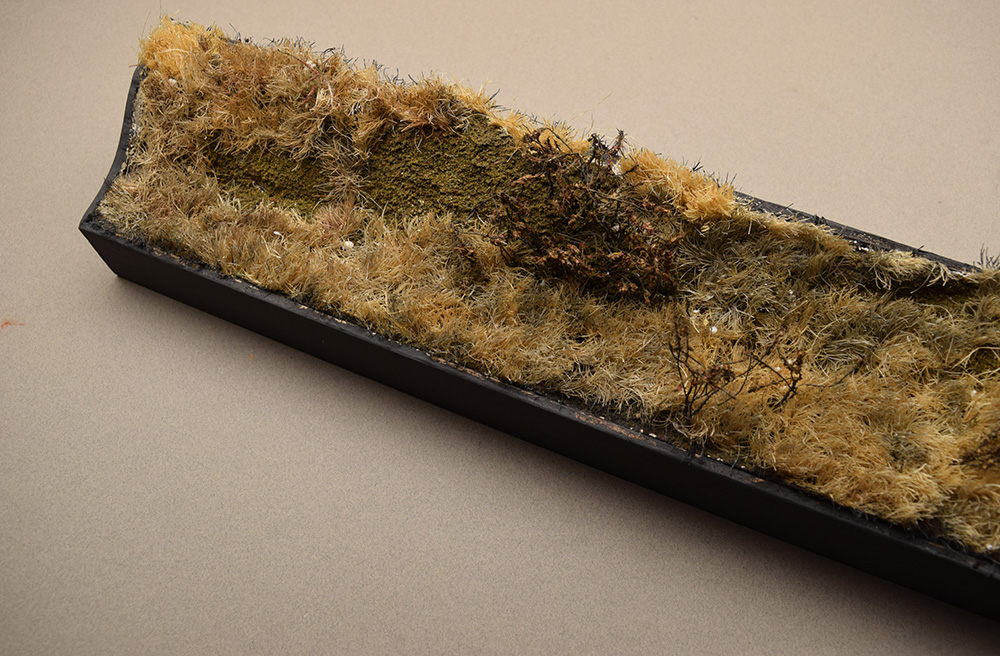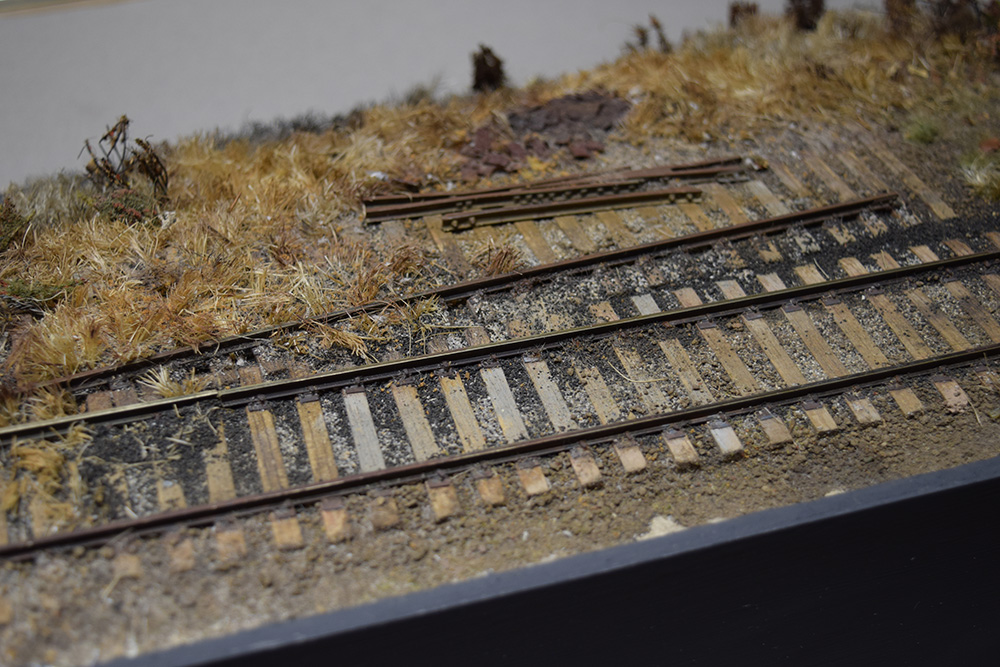When I was a kid, I could go out the back door of our house and be in open country within a matter of minutes.
I’d walk up Water Street to the paint factory where I cut across the siding to the old main line which, at that time, was nothing more than a dirt access road. Walking west, a few yards to my right the new main was in a shallow cut and between the two was an area of overgrown scrub consisting of tall grass, woody plants like milkweed, saplings, briars and more.
My walks took me to a nearby river where I followed a footpath upstream to an old barn. Empty and abandoned, it was a character study of weathered wood and decay that nature was slowly reclaiming.
As a young adult, spending time along the tracks and in the woods was an island of solitude and retreat into a world that felt comfortable, friendly and made more sense. It was a time and place where I could be myself. I learned that the artist Andrew Wyeth, whose work I gravitated to, had a similar practice of walking and that inspired me to become more aware of the landscape around me.
Like those walks, this craft has always been an introspective one for me rather than a social activity. It’s a time and place of retreat, introspection and restful solitude.

(Above) Field Study No. 1: 23-1/2″ long 3.-1/4″ deep x 2-3/4″ tall.
This simple patch of groundcover, reflects my interest in textures and color. Scenery is more diverse than the basic techniques and materials we use for modeling. I want to capture the range of vegetation and colors of plants allowed to grow wild along the tracks and areas not maintained by man. The materials are a mix of sisal twine for the frost killed grasses and commercial products for the taller woody plants like milkweed and thistle.
(Below) Field Study No. 2 (9-1/8″ deep x 25-1/8″ wide x 3-1/2″ tall.
A small portion of another study in texture, contrast and color. My interest here is on the track, especially the color of weather faded wood in the ties. A single track with the remnent od a siding and turnout provides the storytelling context of change and being downgraded from busier times.

These study models speak to those walks by the tracks or of simply being in nature where I let my eye be captured by whatever it’s drawn to. That could be a patch of grass, an interesting texture; a riot of color or all the above. There were also the sounds. The rustle of dried grass or creaking tree trunks in the wind. The cawing of a distant crow, the babbling of the creek or just the stillness of a cold afternoon. Over many years I’ve learned to see these little compositions and be drawn to them as creative subjects for painting, photography and modeling.
They also speak to the aspects of the craft I enjoy the most. As creative works they are satisfying to explore and they fit my criteria of simple, low impact forms that fit easily into the home. Because I can control the composition, these works can be highly focussed and expressive in ways a typical layout scene wouldn’t.
Over time your interests are likely to change. For me, the undeniable impact of aging has reared its ugly head. The two studies featured here were salvaged from the fomrer Mill Road cameo that I recently dismantled. I no longer feel the need or desire for an operating layout of any size and without a proper place to store it, keeping that large bulky module was a burden I no longer need or want. Using portions of the larger scene is a way to repurpose the work into a different context. It’s time for me to move on to the next creative chapter in the craft.
Mike
I love this.
When I set out to start a layout it feels like tugging a thread that ultimately takes apart my clothes. Instead of satisfaction, the work leaves me feeling like less and not unlike naked, or at least exposed.
Part of my journey has been to interrogate, in form, my process itself. I practice the living daylights out of design with layout sketches I fill my notebook with daily and, because of this, I feel comfortable with that craft. I started my studies because I wanted to explore that same sense of comprehension but in venues like “grass”, “ties”, and like curated moments.
Along the way I wondered if the accumulation of these would reveal a bit more of the greater plan?
I like how, what you’ve done, slices into a thing that maybe didn’t work as a larger piece but you had the wisdom to know it was itself a composition of things that worked. Leaving nicely framed extracts that should inspire additional studies to contemplate on the next walk.
I love to walk too. It’s my place for contemplation, meditation, prayer. Each step is itself the point. The walk is just what happens along the way.
Chris